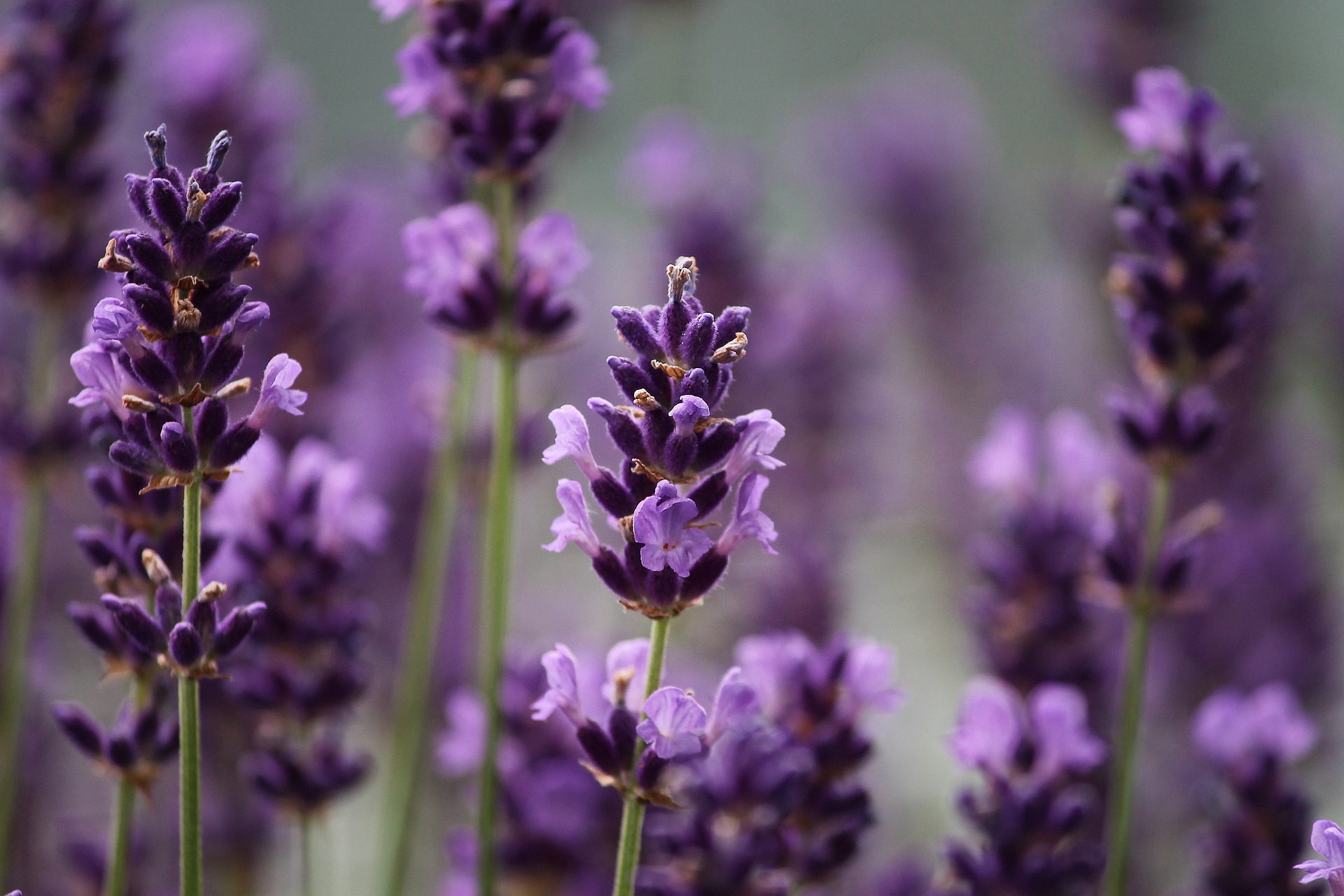It is well known that natural compounds are a source of new molecules of potential pharmaceutical interest. The chemical characteristics and biological activities of Essential Oils (EOs) are gaining interest thanks to their wide applications, mainly in the medical, pharmaceutical, and cosmetic fields.
Essential oils and their volatile constituents are used widely to prevent and treat human disease. Plants containing EOs are only a small percentage of the wider plant molecule population; these species are defined as aromatic plants. The possible role and mode of action of these natural products is discussed regarding the prevention and treatment of cancer, cardiovascular diseases, as well as their bioactivity as antibacterial, antiviral, antioxidants and antidiabetic agents. Other applications concern skin penetration enhancers for transdermal drug delivery and the therapeutic properties of in aroma and massage therapy.

Since EOs and their individual aroma components showed cancer suppressive activity when tested on human cancer cell, recent studies concentrate their attention on possible applications of EOs on cancer treatment. Current studies show how EOs can affect intracellular signaling pathways, inducing apoptosis or autophagy in different cancer cells models. Apoptosis is a type of programmed cell death characterized by several morphological and biochemical features, such as plasma membrane blebbing, cell shrinkage, chromatin condensation, DNA fragmentation, and the formation of apoptotic bodies. It plays an important role during the normal development of tissues and in cellular homeostasis by allowing the elimination of damaged cells. A malfunctioning apoptosis is associated with a variety of diseases, such as cancer.
Among various EOs, the essential oil of Lavanda Angustifolia has been already studied for its cytotoxic and proapoptotic activities on human cancer cell. In particular, the monoterpenes found in EOs possess antitumor activities.
An italian recent work [1] investigates the antitumor activities on leukaemia cells HL60 of Lavandin Essential Oil (LEO). The LEO mainly consists of four compounds belonging to the monoterpene family: terpinen-4-ol, linalyl acetate, linalool, and 1,8-cineole. In this investigation, techniques and analyses such as cytotoxicity analyses, flow cytometry, Western blot, immunofluorescence, and scanning (SEM) and transmission (TEM) electron microscopy were used.

Numerous cells changed their normal morphologies after LEO treatments, showing, at the same time, chromatin condensation, cell membrane blebbing, and the formation of apoptotic bodies. Electron microscopy investigations showed the morphological alterations after LEO treatments and the occurrence of the apoptotic process. The morphological changes accompanying different apoptotic stages were evinced by cell shrinkage (nucleus and cytoplasm condensation), karyorrhexis (with the presence of half-moon and crescent shape nuclei), and the formation of apoptotic bodies, in agreement with other works. Most of the morphological modifications that occur in the apoptotic process are regulated by caspase family members. To further confirm the effect of LEO on apoptosis induction, cleaved caspase-3 expression was investigated and confirmed by Western blotting and an immunofluorescence analysis in HL-60 cells treated with LEO and puromycin for 24 hours. To define if the apoptotic effects observed in HL60 were related to LEO’s main compounds, other investigations were carried out via flow cytometry techniques. After 24 h of treatments, terpinen-4-oland linalyl acetate showed high apoptotic rates. Taken together, the obtained results clearly show that LEO treatments induced apoptosis in a dose-dependent manner, and, among the main LEO compounds, both terpinen-4-ol and linalyl acetate were able to induce apoptosis.
These kinds of studies remind us that research never stops, also in case of well-known natural substances as EOs. While their use in perfume and cosmetics is widely spread, their pharmaceutical use needs to be deepened, since the effects on serious diseases, like cancer, seem promising.
[1] Apoptotic Effects on HL60 Human Leukaemia CellsInduced by Lavandin Essential Oil Treatment – Valentina Laghezza Masci, Elisa Ovidi, Anna Rita Taddei, Giovanni Turchetti, Antonio Tiezzi, Pierluigi Giacomello and Stefania Garzoli; Molecules; (2020) -25(3).





